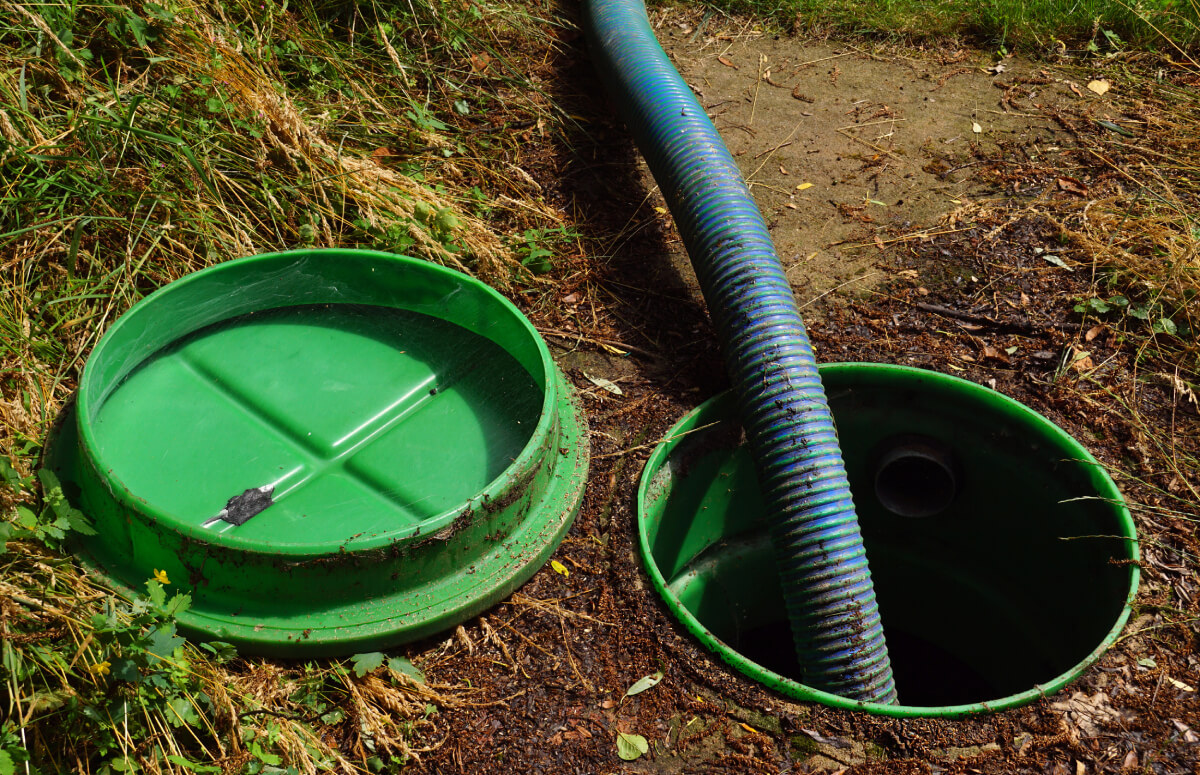Today, we’ll discuss a topic that no homeowner ever wants to deal with but must be prepared for – emergency septic pumping. A septic system crisis can be messy, inconvenient, and even hazardous if not handled properly. But fear not! In this blog, we’ll walk you through what to do when you face a septic system emergency so you can minimize the damage, avoid health risks, and get your septic system back on track.
Identifying a Septic System Emergency
Before we dive into what to do in an emergency, let’s start by identifying the signs of a septic system crisis. The following indicators should raise red flags.
- Sewage Backups: If you notice sewage backing up into your drains, toilets, or even your yard, this is a clear sign of a septic emergency.
- Foul Odors: Strong, persistent sewage odors in and around your home can indicate that something is seriously wrong with your septic system.
- Soggy Yard: A soggy or waterlogged yard, particularly around the drainfield area, may indicate a problem with your septic system.
- Gurgling Drains: Gurgling or bubbling sounds from your drains could signal a blockage or overflow in your septic system.
- Slow Drainage: If water is draining very slowly from your sinks, tubs, or toilets, it may be a sign of a septic issue.
What to Do in a Septic System Emergency
Once you confirm an emergency with your septic tank or sump pump, we recommend taking the following precautions.
- Safety First: Your safety and the safety of your family are the top priorities. Keep everyone away from the affected area, and avoid contact with sewage or wastewater.
- Turn Off Water Usage: To prevent further strain on your septic system, immediately stop using water in your home. This includes flushing toilets, running sinks, and doing laundry.
- Contact a Professional: The next step is crucial – contact a professional septic pumping service or a septic system expert. Explain the situation and provide as much detail as possible. An experienced technician can assess the problem and guide the next steps.
- Avoid DIY Attempts: In a septic emergency, avoid trying to resolve the issue yourself. Incorrect actions can worsen the situation, and coming into contact with sewage can pose health risks.
- Evacuate if Necessary: In severe cases, you may need to leave your home until the situation is resolved temporarily. If sewage has backed up into your living spaces, it’s essential to ensure a safe and sanitary environment.
- Prepare for Cleanup: Once the septic system crisis is under control and repairs are underway, be prepared for the cleanup process. This may involve disinfection and decontamination of affected areas.
Preventing Future Septic Emergencies
After experiencing a septic system emergency, you’ll want to prevent it from happening again. Here are some preventive measures.
- Regular Maintenance: Stick to a regular septic pumping schedule to remove solids from the tank and reduce the risk of overflows.
- Be Mindful of What Goes Down the Drains: Avoid flushing non-biodegradable items or harmful chemicals into your septic system.
- Monitor Water Usage: Be conscious of water usage to prevent septic tank overloading.
- Educate Your Household: Ensure everyone in your home knows the do’s and don’ts of a septic system and what to do in an emergency.
Let Trash Gurl Provide Septic Services When You Need Them Most
A septic system emergency can be a homeowner’s worst nightmare, but knowing how to respond can make all the difference. Prioritize safety, contact professionals, and avoid DIY attempts. With the right actions and professional septic pumping services, you can minimize the damage, protect your health, and prevent future septic system crises.
Stay informed, stay prepared, and keep your septic systems in good working order. Contact Trash Gurl today for reliable septic pumping services in Charleston, SC.





